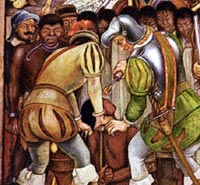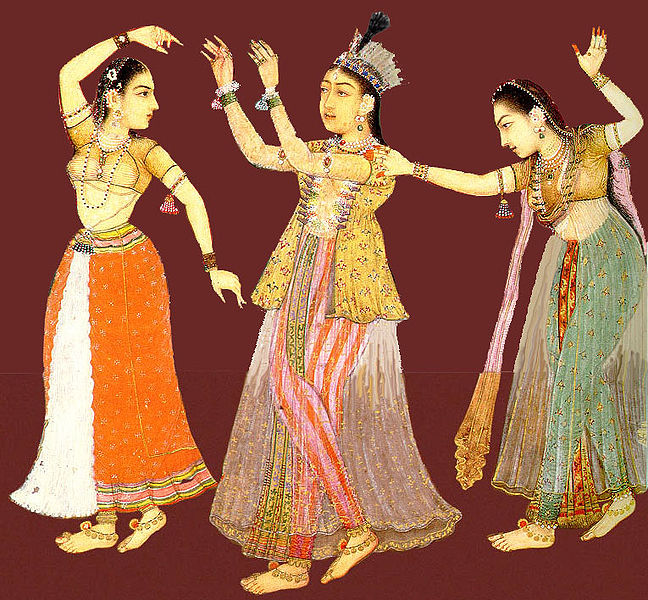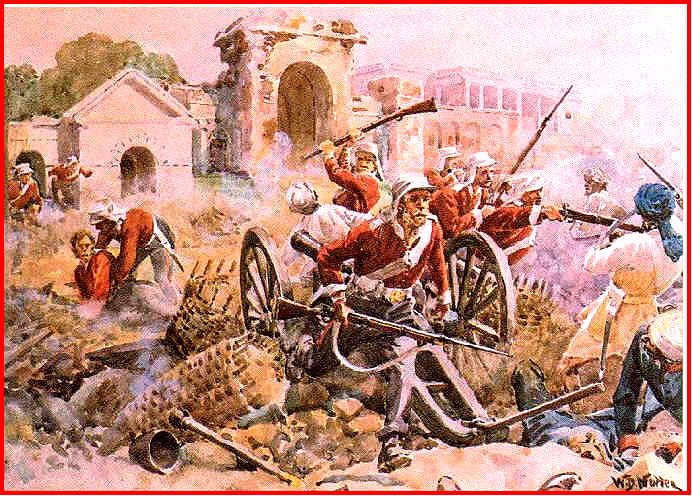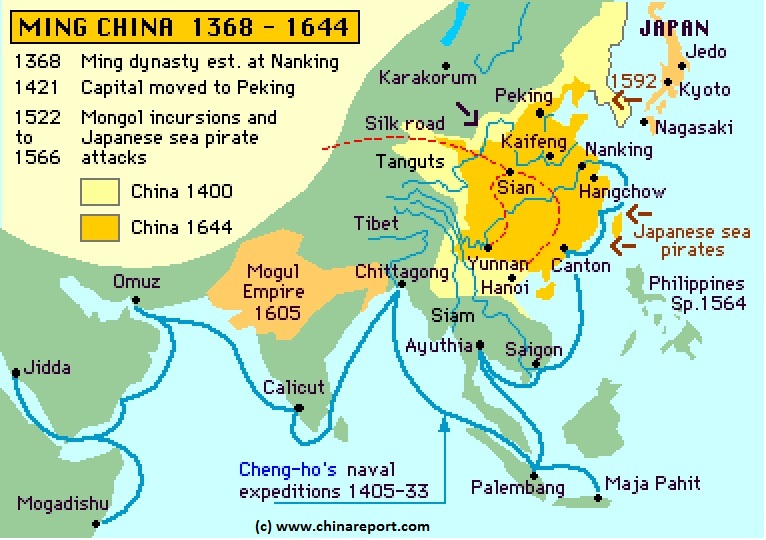Origins
The Ming dynasty ruled China from about 1368
to 1644 CE. For nearly 100 years, China had been ruled by the Mongolian empire.
When a group called the Red Turbans attacked the Mongols in the mid-1300s, it
began a peasant rebellion that overthrew the Mongols. The leader of that
rebellion and the first emperor of the newly established Ming dynasty was Zhu
Yuanzhang.
The Ming
The Ming were absolute rulers .Ming
emperors ruled in the Forbidden City, an imperial palace in Beijing which was
the capital of the Ming and received news through servants and administrators.
They never dealt with normal peasants and never left the Forbidden City. In
order to protect themselves from invasion, the Ming emperors built the Great
Wall of China. It featured watch towers, signal towers, and barracks for
troops. The Ming encouraged study of cultural traditions and provided financial
support for academics and colleges.
Women in Ming china
Women in Ming china were seldom wealthy
properties owners with a small influence. But the majority of women in Ming
china were valued only to have children. Lower class women worked in fields
alongside men. Middle class women worked as weavers. Though upper class women
were often crippled by the foot binding practice at a very young age. Purpose
was to keep their feet small and was seen as female beauty.
China during the Ming dynasty
The economy as a whole experienced growth
and I rise in population in china. They had about one quarter of the world’s
population during the Ming dynasty. They were a very advanced society for
example they invented printing, paper and gunpowder centuries before the
Europeans did.
Trade
The Chinese sent their silks, porcelain and
tea to western Asia and Europe via the Silk Road. They also traded by sea to
japan and countries around the Indian Ocean. Under the Ming many ships were
built. The emperor sent many trade fleets to explore the Indian Ocean and the
voyages were led by admiral Zheng.
The decline
China began looking inwards after 1433.
When the Dutch attacked Chinese ships raided the south east coast the chine
navy defeated them and they retreated to Taiwan. There were threats from the Mongols
and also the Manchu. China became distrustful of strangers and became inward
looking and concentrated on becoming strong and self-sufficient. The Ming
Empire slowly went in decline and was weakened by power struggles between court
officials.
Coming to the end
The growing power of the Jurchen and Manchu
nomadic tribes in the northwest threatened the Ming, however peasant uprisings
in the northwest kept the army busy in that area. In the 1590s Japan invaded
Korea which brought Chinese armies into Manchu territory. Though they pushed
back Japan, their armies were weakened and allowed the Manchu tribes to conquer
Korea. The Manchu tribes then waged war with China. The cost of war could not
be paid because the peasant taxpayers were still in revolt. The final Ming
emperor hanged himself in 1644 in his temple surrounded by rebels and allowing
the invaders to establish the Qing dynasty.

















